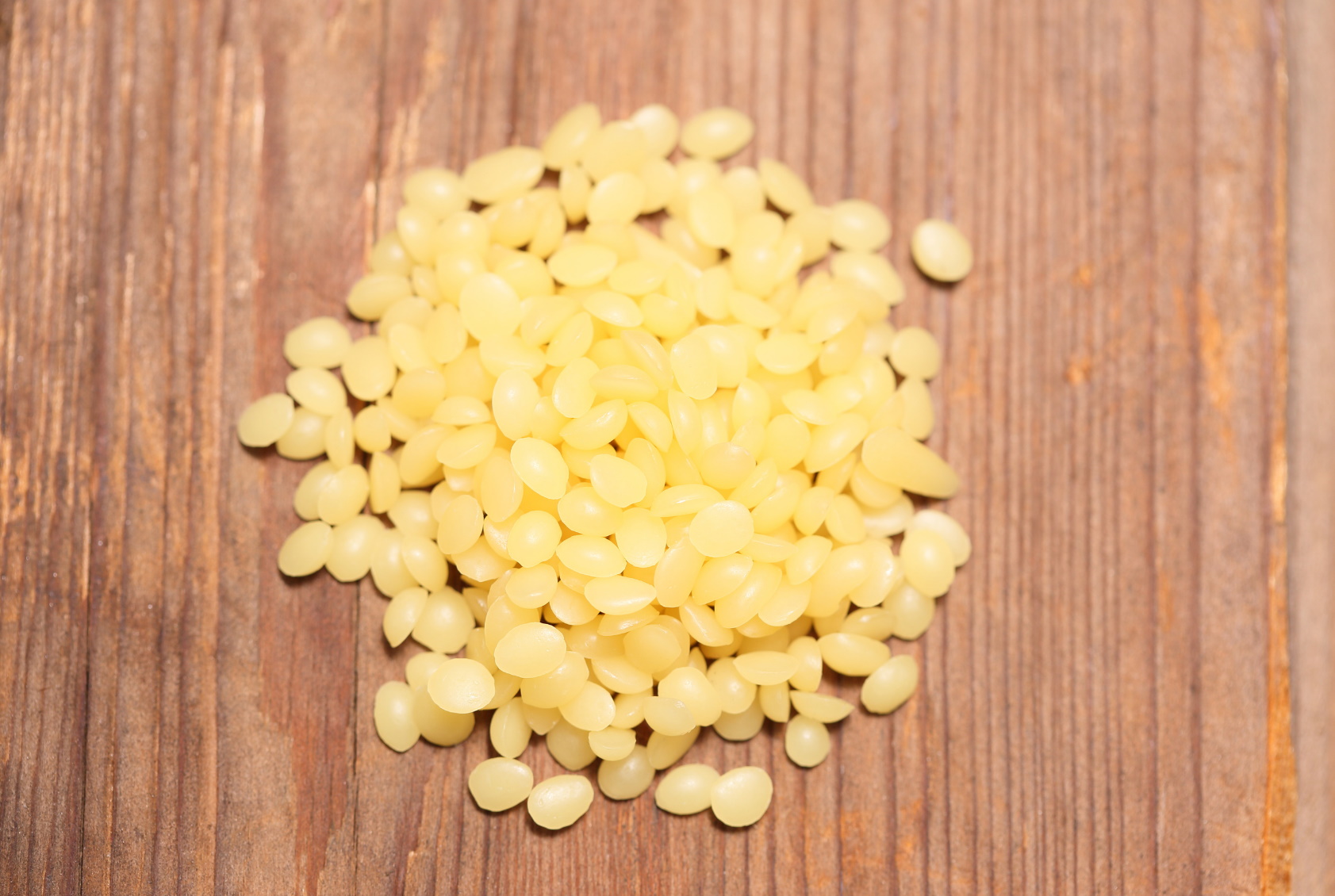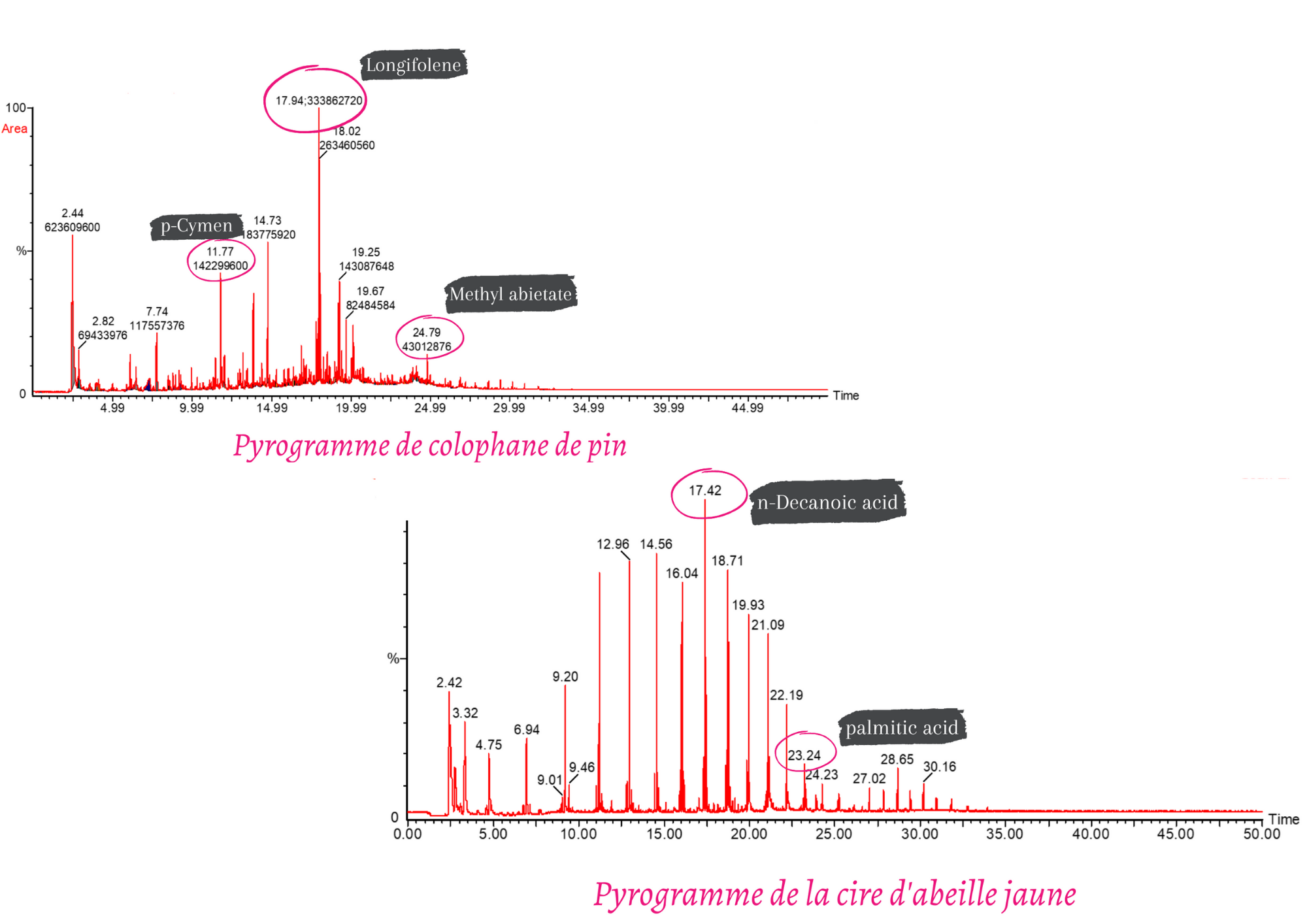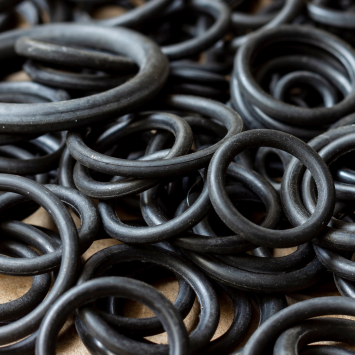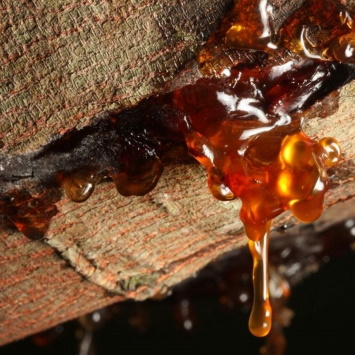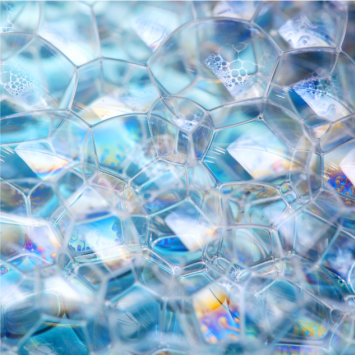Waxes, for example, are used in different fields:
- Healthy for the elaboration of ointments and balms
- In cosmetics for creams and masks
- In the field of fittings and particularly the treatment of wooden furniture.
- In the field of textiles thanks to their waterproofing properties
- Or in agriculture
In parallel, there is a great diversity of resins and gums with various compositions: Resin acids, oxygenated aromatic units, fatty chains, polysaccharides... This structural richness allows their use in the manufacture of many products such as varnishes, glues. They are also used in the production of food products as additives and texturizers.
On numerous occasions, the Polymex team has had the task of identifying these natural compounds in finished products in order to confirm their presence or absence.
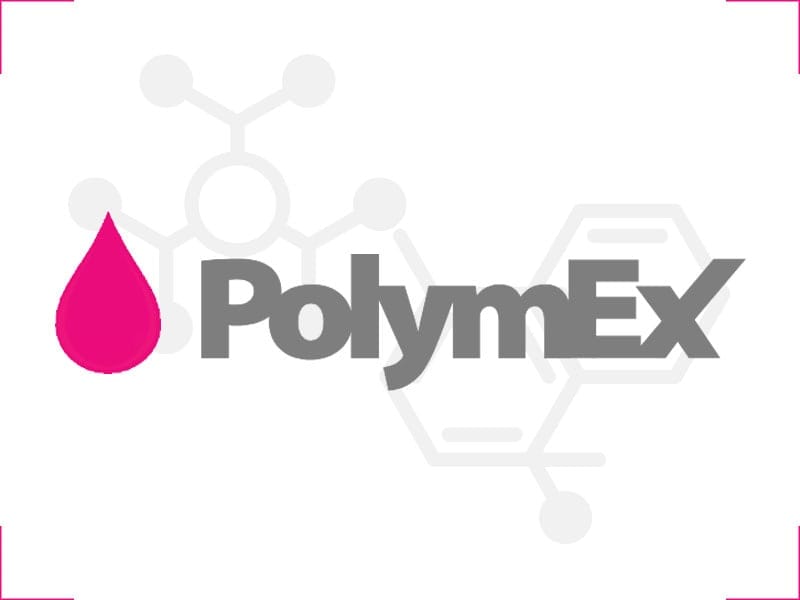
 EN
EN
 FR
FR